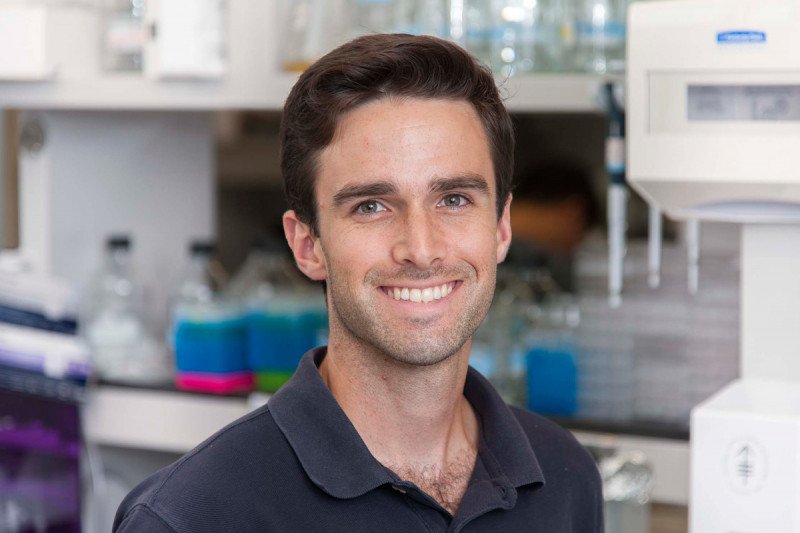
Gary Dixon graduated from University of California, Berkeley with a degree in Molecular and Cell Biology. The next year he attended Imperial College in London to pursue a Master’s in Systems and Synthetic Biology. At Imperial, he worked with Travis Bayer to construct cell-based biosensors for detection of various biomedical analytes. After this first round of graduate school, Gary moved back West where he could continue to develop his interests as a young research scientist; this time under the mentorship of Lin He at UC Berkeley. He worked on characterizing a micro-RNA knockout mouse that displayed a dramatic and fatal phenotype in the airway epithelium. Working in the He lab solidified his desire to go back to graduate school, this time to pursue a PhD in a biomedical inspired field. Gary was especially drawn to the opportunities offered at Weill Cornell/Sloan-Kettering where a seemingly endless list of talented scientists were making breakthroughs toward more intelligent medicine. The Huangfu lab in particular seemed to align with the research Gary intended to devote himself to. He believes that their work in stem cells, disease modeling, developmental biology, epigenetics, and cutting-edge gene editing technology is a perfect platform to launch his most intense research endeavor yet.
Fellowships
- Frank Lappin Horsfall, Jr. Fellowship (2018-2019)
- T32 training grant in Developmental & Stem Cell Biology (2016-2018)